Cooking in the evening often feels like a chore. And, perhaps, we lean on the endless convenience of home delivery services, takeaways, and ready meals a little TOO often.
But you never quite know what’s gone into your meal if you haven’t prepared it yourself. So, sometimes, only homemade will cut the mustard. And cooking from scratch is MUCH cheaper than ordering in.
Most people don’t cook from scratch because they think they don’t have the time.
But we’ve all got 15 minutes.
This article is about homemade pastes that are ready to use in less than 15 minutes – pretty much the same amount of time it takes to boil up some pasta or rice.
We promise you: once you’ve tasted your own pastes and sauces, you’ll never go back to supermarket jars ever again.
Pastes and sauces
One of the secrets of the time-poor home cook’s success is premade pastes and sauces.
Of course, we can all buy a pesto or tandoori paste from the supermarket. But why do that when you can make your own in literally no time?
All you need are the right ingredients to hand and a good blender.
Homemade Pesto
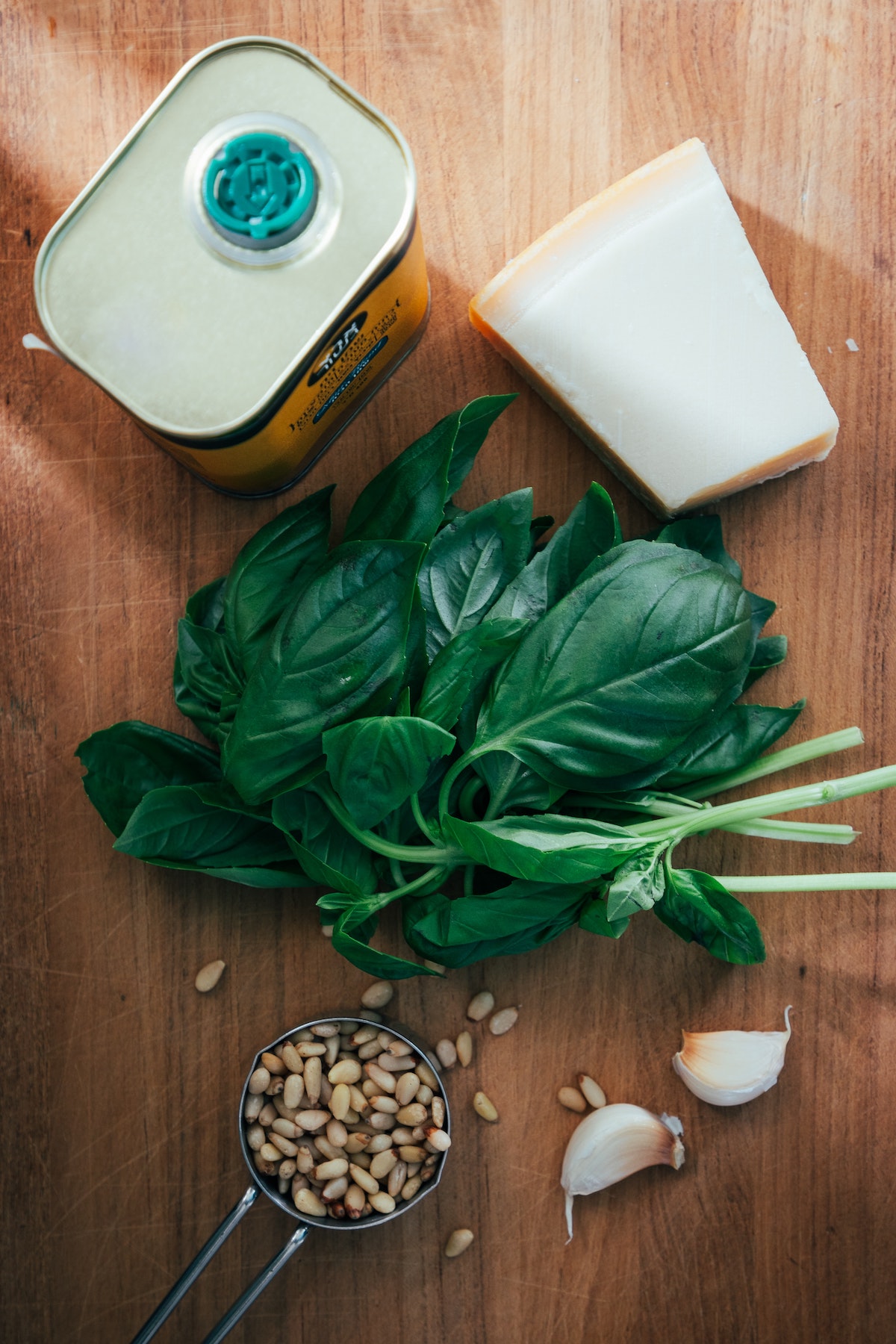
Pesto is super easy to make from scratch, and – once you have your basic recipe – your imagination is the limit.
A typical pesto has five ingredients:
- A decent cooking oil – extra virgin olive oil or rapeseed oils are really delish.
- A fresh herbal base – for traditional pesto, it’s basil, but you could use arugula, dill, nasturtium leaves, even nettles! Or go wild and make up a mix of herbs.
- A hard cheese – parmesan is typical, but anything hard and crumbly will do
- Pine nuts – if you can’t find pine nuts, then you could use cashews or macadamia
- Raw garlic (or miss this out if you’re not a fan)
And, of course, plenty of salt and pepper.
Pesto is a no-cook recipe, so it takes 5-minutes at the most. We’ll use basil for this recipe, but alter it however you choose (or work with what you have in the fridge). Always use fresh herbs if you can – it won’t be the same with dried.
INGREDIENTS:
1 cup of fresh basil leaves
3 cloves of garlic
3 tablespoons of pine nuts
⅓ cup fo Parmesan (freshly grated)
⅓ cup of olive oil
Salt & pepper to taste
METHOD:
- Add the fresh herbs, peeled garlic, pine nuts, and parmesan to your food mixer or blender.
- Give it an initial whizz, and then begin to add the olive oil slowly. It’s not like making mayonnaise – it’s not going to split. Just add it slowly so you can gauge the texture of the resulting sauce.
- Season well with salt and pepper – don’t stint on the seasoning.
- Store in an air-tight jar or plastic container. It’ll last in the fridge for up to a week (although use your nose – it will probably last longer).
Hey, presto – it’s pesto!
Make up your pesto at the weekend and store it in the fridge for weekday mealtimes. Or just whizz it up as you cook your pasta.
Once made, mix your pesto with cooked pasta and top it off with some extra parmesan, a drizzle of extra virgin oil, and some freshly ground black pepper. And you have a 15-minute meal that everyone will love.
For a little extra indulgence, replace the olive oil drizzle with truffle oil (yum!!!), and you have a meal that any Italian restaurant would be proud to serve.
Remember:
Too much garlic? Just add less? And if it gets boring, add sundried tomatoes to the mix or smoked hot paprika!
Soooooo much more delicious than a jar of pesto from the supermarket.
Homemade tikka masala paste
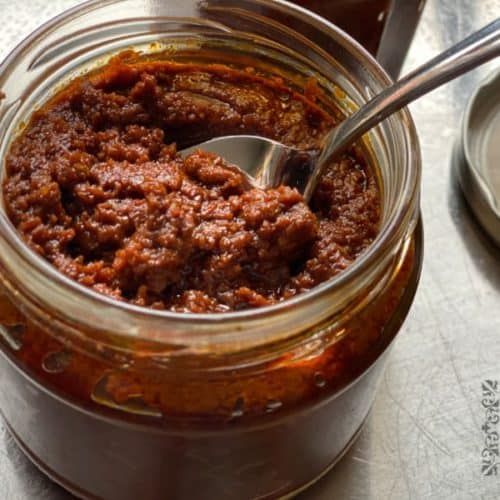
Curry pastes are simple to make and perk up literally any meal (as long as you’re looking for something spicy, tasty, and Asian). It might seem like there are a lot of ingredients, but – just like pesto – this is a no-cook blend that takes minutes to make.
Sure, you can buy a tikka masala paste in a jar at your supermarket. However, shop-bought pastes are bland enough so that nobody can particularly dislike it – but there’s no genuine authenticity there, either.
The beauty of homemade pastes is that you can vary the recipe precisely to your taste. If you don’t like coriander, just miss it out. If you want more fire, add more chili.
What is Garam Masala?
One of the ingredients of a tikka masala paste is “garam masala.” Literally translated, garam means “hot” while “masala” means “mix of spices.” In other words, it’s a ground-up spice mix.
You can buy garam masala, but – again – if you have a spice grinder or a mortar and pestle, just make your own.
There’s no single recipe for garam marsala – there are regional variations all across Asia. But a typical mix includes:
- Fennel
- Bay leaves
- Peppercorns (black and white)
- Cloves
- Cinnamon/cassia bark
- Mace
- Cardamon pods (black and green)
- Cumin
- Coriander seeds
- Red chili powder
Garam masala lasts for months in an air-tight container, so just whizz it all together and store it in a jar that’s kept in the fridge.
Making a tikka masala paste
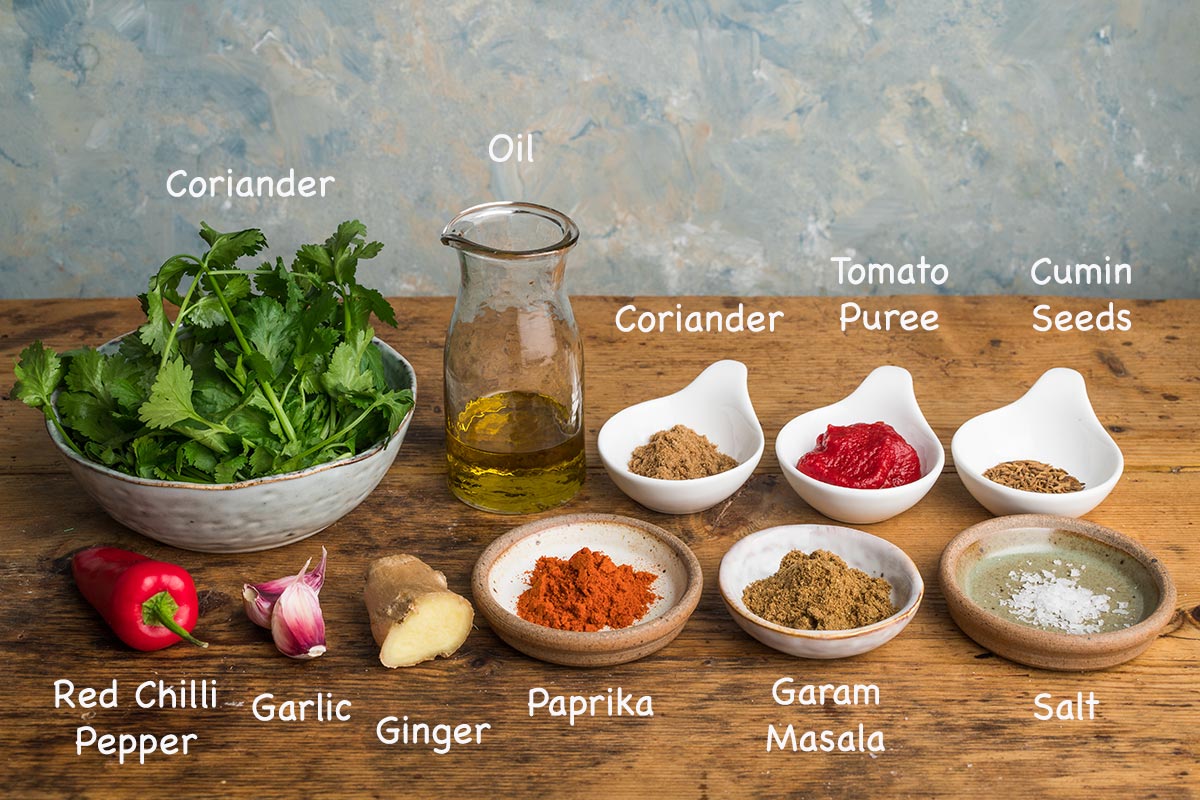
OK, so follow these steps to make a paste that will keep in the fridge for a couple of months.
INGREDIENTS:
2 garlic cloves
1 red chili pepper, roughly chopped (seeds removed if you want to avoid too much heat)
2cm piece of ginger, peeled & minced (you can use a teaspoon of ground ginger if you can’t get fresh)
2 teaspoon of garam masala
1 teaspoon of hot paprika (or standard paprika if you’re looking for flavor without the heat)
1 teaspoon coriander seed, ground
½ teaspoon of cumin seeds, ground
1 tablespoon flavorless oil (such as vegetable or sunflower)
1 tablespoon tomato puree
30g fresh coriander, chopped – stems and all
Salt to taste
METHOD:
- Place all of the ingredients into your blender and give it an initial whizz. It will take a while to blitz this into a paste.
- Add more tomato puree and/or oil if the ingredients aren’t coming together.
- Blitz it again until the paste starts to emulsify. Add tiny drops of tap water between blends if the paste is still too thick.
- Once the paste is thick and rich, it’s ready to use or store.
How to use my tikka masala paste
I always keep a jar of this paste in the fridge – it lasts for months. Or you can freeze it in ice cube trays and pop it into your pan while you cook.
Tikka masala makes an excellent marinade for chicken, fish, tofu, or paneer. Just mix your tikka paste with plain yogurt and leave your chosen protein to rest in the marinade until you’re ready to cook.
Remember, the longer you marinate, the more flavor.
Alternatively, if you’re in more of a rush (this is a 15-minute meal, after all), stir-fry some veggies and a protein of your choice until everything’s nicely cooked but still crisp. Add a couple of spoonfuls of your tikka masala paste, and keep stirring until the aromas have filled the kitchen (and you can’t wait any longer!). Add coconut milk, natural yogurt, or cream to enrich the sauce. Serve with a carb of your choice, such as rice, noodles, potatoes – whatever you have handy.
Tikka Masala on the BBQ
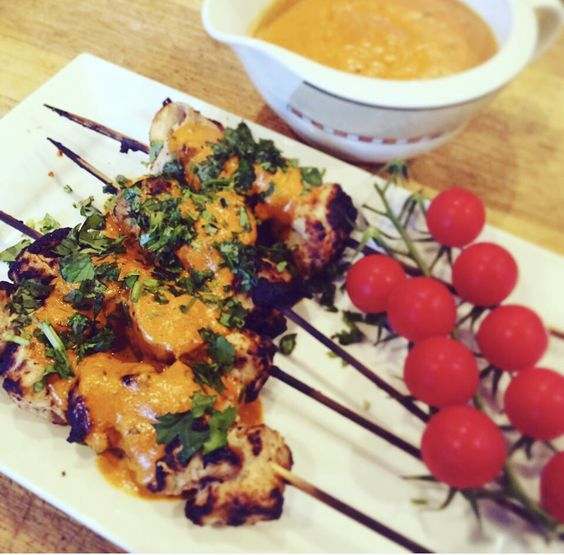
Your tikka masala paste isn’t just for quick, 15-minute meals; it makes a fabulous marinade for barbeque kebabs. Serve them with a mixed salad and some sweet, barbequed cherry tomatoes, and you’ll have a scrumptious meal for you, your family, and your guests!
15-minute pastes
Pastes are super-handy to have in the fridge. There are so many fantastic variations – let your imagination run wild (or just use whatever you have in the fridge.
Pastes are the perfect solution to fridge veg that’s on its last legs – especially herbs. Never chuck them away
- Blitz parsley with olive oil and a little garlic for a delectable drizzling oil
- Throw tomatoes together with some Tabasco and some sorry-looking herbs for an instant salsa
- Whizz up old mushrooms with a little cream, butter, and salt, and pepper for a delicious quick pate.
Cooking in the evening can feel like a real chore, but if you’re using your very own base pastes, you’ll bring the dullest meal to life; sure to become an instant family favorite.
Happy eating!

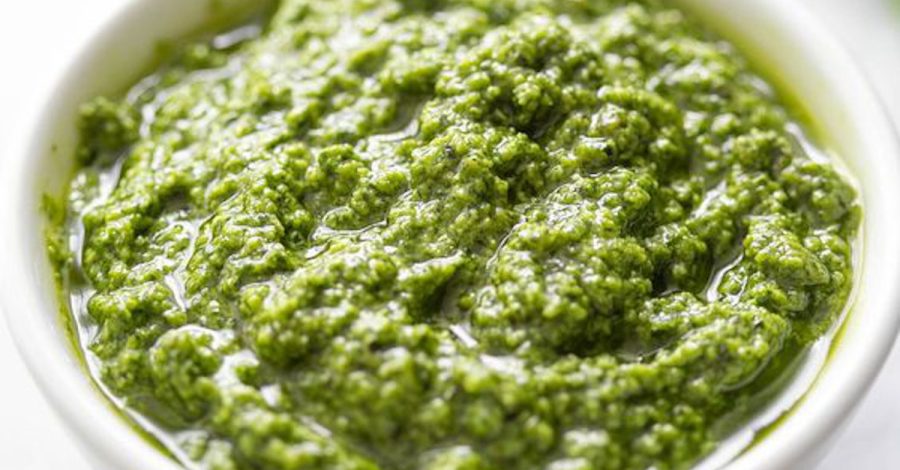

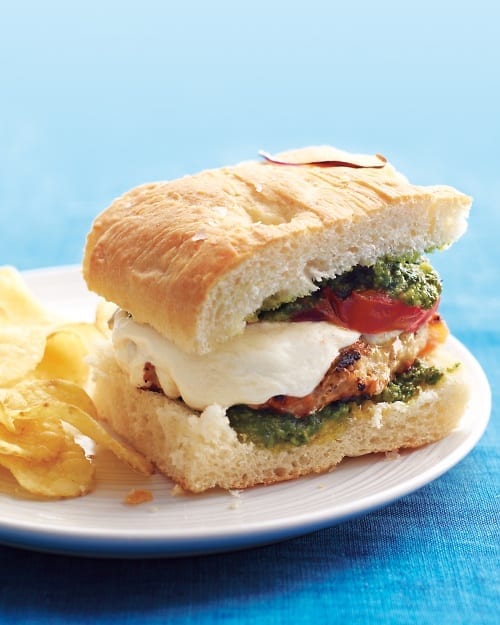
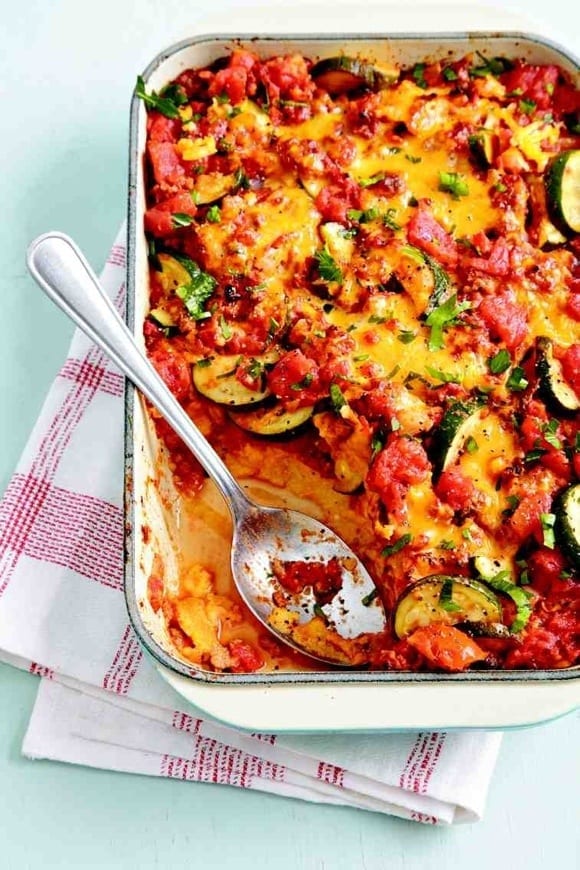
Leave a Comment